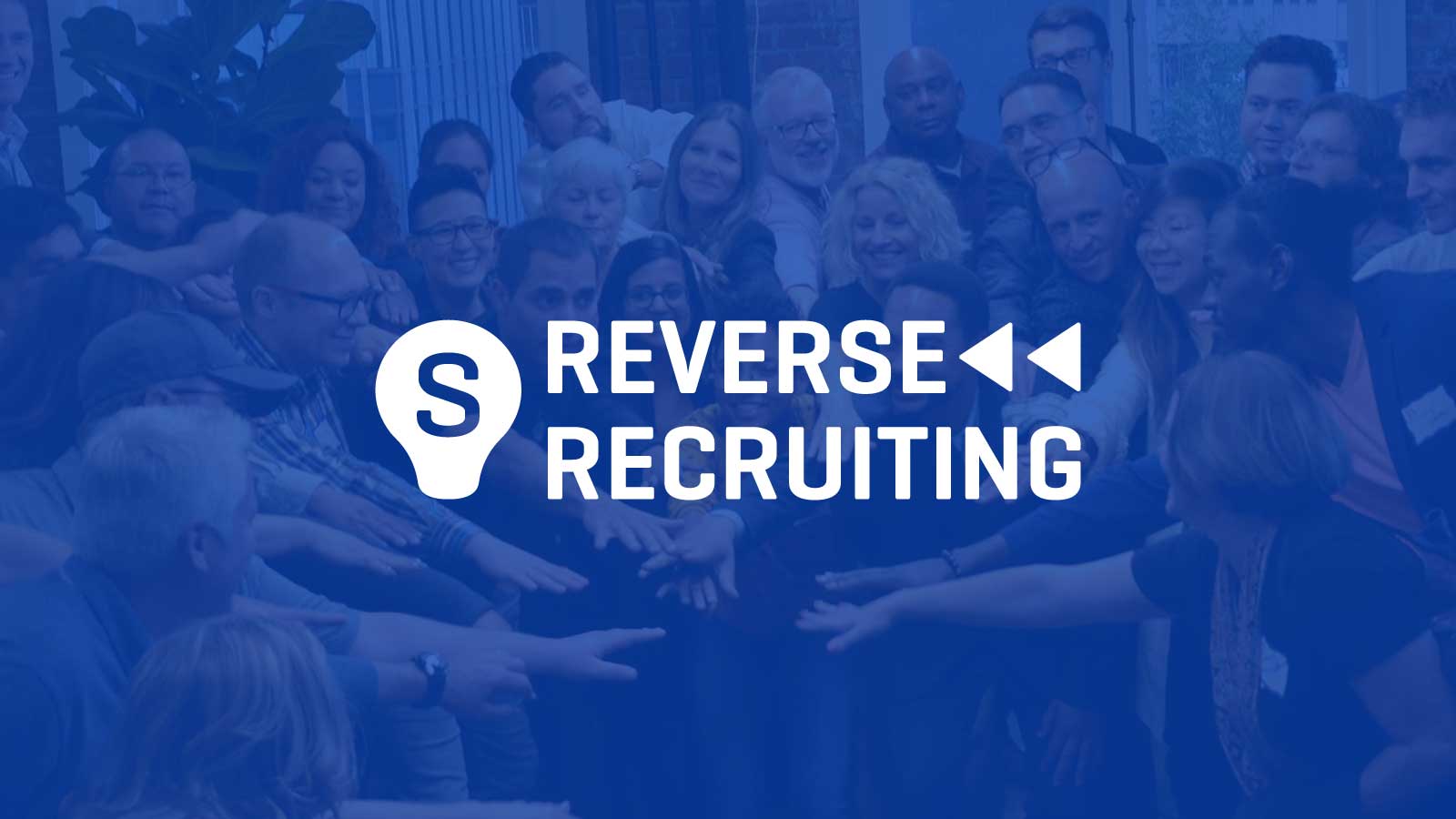Reverse Recruiting: A Fresh Strategy to Skill Procurement
Reverse Recruiting: A Fresh Strategy to Skill Procurement
Blog Article
Raise Your Hiring Game With Strategic Reverse Hiring Methods
As the landscape of hiring advances, companies are increasingly turning to cutting-edge approaches such as tactical reverse recruiting to acquire an affordable edge in safeguarding top skill. This shift in mindset requires a thoughtful reconsideration of just how firms come close to the hiring procedure, concentrating on drawing in passive prospects instead than only depending on active task seekers - reverse recruiting.
Understanding Strategic Opposite Hiring
Purposefully leveraging the principle of reverse recruiting can dramatically enhance your company's ability purchase strategy. By flipping the typical employment strategy on its head, reverse recruiting involves proactively seeking and bring in easy prospects who might not be proactively trying to find new possibilities. This positive approach permits firms to take advantage of a swimming pool of high-quality talent that may not be available through conventional job posts alone.
Understanding the ins and outs of tactical reverse recruiting is vital for its successful implementation. It calls for a deep understanding of the industry landscape, rival analysis, and the specific capability that remain in high demand. reverse recruiting. By conducting thorough research study and leveraging market insights, organizations can determine and involve with top talent in a much more customized and targeted fashion

Benefits of Reverse Recruiting
Reverse recruiting uses an one-of-a-kind approach to skill procurement by proactively involving with easy prospects that might not be proactively seeking job opportunities. This method permits companies to use a swimming pool of ability that traditional recruiting approaches could ignore. One of the crucial benefits of reverse recruiting is the ability to target candidates who are currently used and pleased in their current roles. These people are commonly top entertainers in their respective areas, bringing beneficial abilities and experience to the table.

Key Elements of Reverse Recruiting
Having checked out the advantages of reverse recruiting in targeting top entertainers that are content in their present roles, it is vital to recognize the key elements that make this strategy successful in attracting easy candidates. The very first key element is developing a strong employer brand name. Easy candidates are typically not actively seeking new chances, so having a favorable reputation as an employer can stimulate their rate of interest. Leveraging social media sites platforms and employer review sites to display business culture and worths can assist hereof.
One more crucial element is personalized outreach. Given that passive prospects are not proactively looking for tasks, common recruitment messages are most likely to be forgotten. Tailoring outreach efforts to highlight exactly how the particular helpful hints skills and experiences of the prospect straighten with the company's requirements can considerably boost the opportunities of obtaining their interest.
Moreover, fostering relationships with passive candidates with time is important. Regularly engaging with them through networking occasions, industry meetings, or perhaps periodic check-ins can help construct rapport and depend on, making them more receptive to prospective work chances in the future. By including these crucial elements right into reverse recruiting techniques, companies can successfully bring in and work with top ability from the pool of passive candidates.
Executing Reverse Recruiting Techniques

In addition, developing compelling employer branding and showcasing a favorable company society can aid attract passive prospects and encourage them to take into consideration new job possibilities. Building an ability community or talent pipeline can additionally be advantageous in nurturing relationships with passive prospects with time, maintaining them engaged and thinking about potential future roles within the company. On the whole, executing reverse recruiting strategies requires a proactive and personalized approach to ability purchase, concentrating on developing purposeful connections with passive prospects to drive long-lasting recruitment success.
Gauging Success in Reverse Recruiting
Reliable dimension of success in recruiting approaches needs a comprehensive evaluation of crucial performance indications and metrics to evaluate the influence and effectiveness his explanation of skill acquisition efforts. In the context of reverse recruiting, specific metrics can supply important understandings right into the performance and performance of the strategy. One vital metric is the quality of candidates involved through click here for more reverse recruiting channels. By determining the conversion price of easy prospects into active candidates or works with, companies can evaluate the efficiency of their reverse recruiting initiatives.
Keeping track of retention prices amongst prospects recruited through reverse approaches can provide insights into the long-term success of the method. High retention rates recommend that the prospects sourced with reverse recruiting are a great fit for the organization, adding favorably to its general skill swimming pool.
Conclusion
To conclude, tactical reverse recruiting offers an one-of-a-kind strategy to hiring that concentrates on bring in top talent with aggressive involvement and relationship-building. By leveraging this technique, organizations can obtain an one-upmanship in the skill market and improve their recruitment end results. It is necessary to recognize the benefits, crucial elements, and methods of reverse recruiting to properly apply and gauge success in this cutting-edge method to hiring.
Report this page